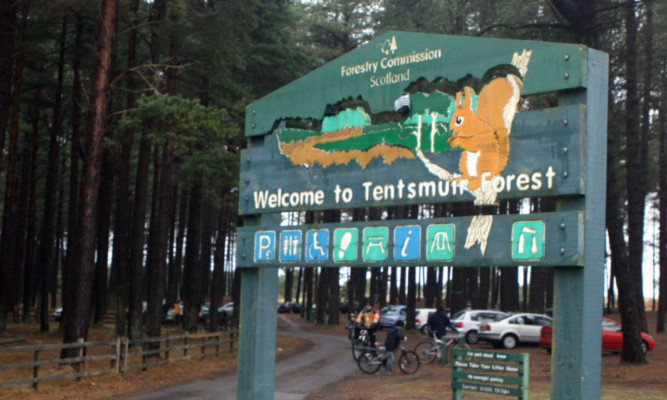One in 10 visitor groups to an internationally-important nature reserve in Fife causes disturbance to wildlife.
Tentsmuir National Nature Reserve is home to colonies of common and grey seals and wintering wildfowl, including eider ducks and godwits.
A survey of the behaviour and attitudes of visitors to the beauty spot found that around 9% disturb birds, seals or even other visitors.
Scottish Natural Heritage (SNH) commissioned the study due to anecdotal evidence of an increase in disturbance to wildlife and anti-social behaviour, such as dog fouling.
During both the winter and summer, visitors were observed, interviewed face-to-face and given questionnaires and focus groups were held.
Most disturbance was minor and the most common type of incident was people or dogs being too close to wildlife, prompting birds to fly away or seals to return to the water.
Only in a very few cases involving dogs did owners take action, moving away from the wildlife or calling their dog back.
Cases were also noted of motor boats and a quad bike disturbing birds. While no incidents of jetskis or photographers getting too close to seals were spotted, visitors reported witnessing such events.
Disturbances to seals were rare during the survey, but it was noted the sand bar they inhabit was further out from shore than usual.
In his report, consultant Rob Robinson said: “Given the current location and nature of the sandbars, disturbance to seals by visitors and dogs during the survey was minimal and infrequent.
“The vast majority of visitors are responsible, with an interest in wildlife and a strong desire to see it conserved. Overall, around one in ten observed visitor groups caused a disturbance to wildlife.”
He continued: “Disturbances were more likely to be caused by groups with dogs Groups causing a disturbance were significantly more likely to be approaching along the lower beach.”
Mr Robinson suggested greater awareness and better information would reduce visitor impact on the reserve’s wildlife.
He recommended better promotion of the reserve’s new website, installation of a notice board at the Tayport entrance with information about sensitive areas, more school and community involvement and greater on-site presence of rangers.
Reserve manager Tom Cunningham welcomed the publication of the findings.
He said: “It has been a fantastic study, conducted during two different periods of the year, and we had a great response to it.
“Overall, behaviour is pretty good, but as usual dog poo has come up and the issue of dogs being off the lead.”
He urged people who visit the reserve to respect it as if it were their own and said: “Take away only pictures and leave only footprints.”
